Home>Furniture & Design>Living Room Furniture>How Much Space Does A Recliner Need?
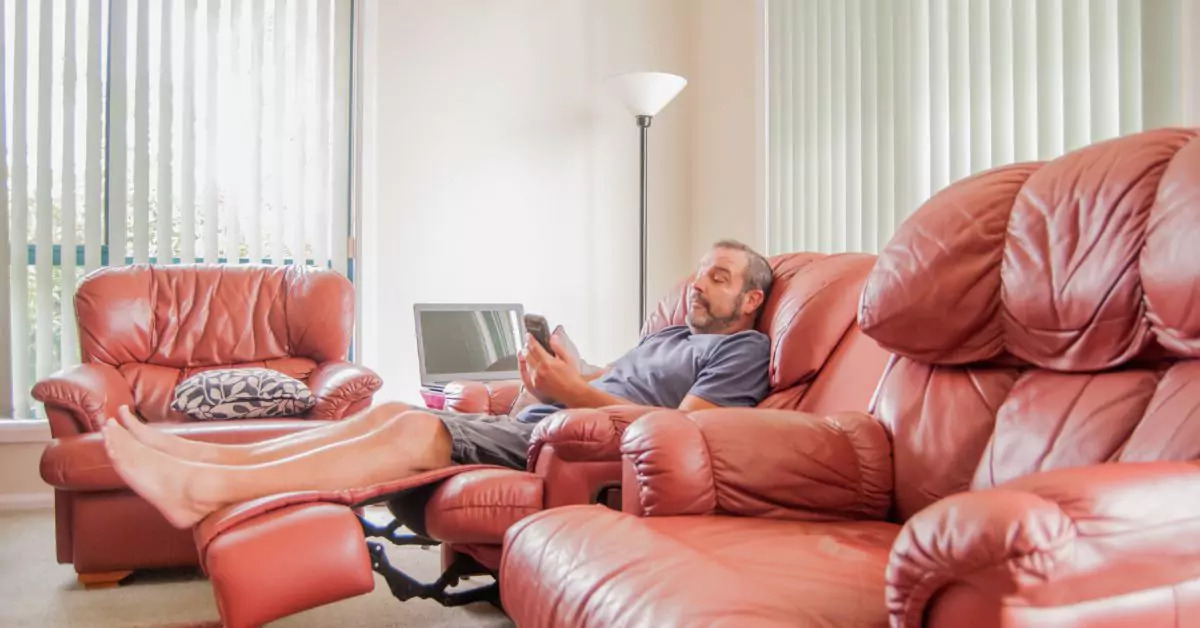

Living Room Furniture
How Much Space Does A Recliner Need?
Modified: February 18, 2024
Discover the ideal space requirements for a recliner in your living room. Find the perfect fit for your living room furniture and design.
(Many of the links in this article redirect to a specific reviewed product. Your purchase of these products through affiliate links helps to generate commission for Storables.com, at no extra cost. Learn more)
Factors Affecting Recliner Space Requirements
When considering the space requirements for a recliner, several factors come into play. Understanding these factors is crucial in ensuring that your living room not only accommodates the recliner but also provides a comfortable and functional environment for relaxation and socializing.
-
Recliner Size and Design: The dimensions and design of the recliner itself significantly impact the space it requires. Recliners come in various sizes, from compact models suitable for small spaces to oversized options that demand more room. Additionally, some recliners feature a wall-hugger design, allowing them to be placed closer to the wall without compromising on the reclining function. Understanding the specific dimensions and design features of the recliner is essential in determining the space it will occupy.
-
Reclining Mechanism: The type of reclining mechanism employed in the recliner influences the space required for its operation. For instance, traditional recliners with a backward reclining motion necessitate ample space behind them to avoid collisions with walls or other furniture. On the other hand, wall-hugger or zero-clearance recliners are designed to minimize the space needed for reclining, making them suitable for tighter living room layouts.
-
Footrest Extension: When a recliner is fully extended, the footrest protrudes into the room, demanding additional space. It's important to account for the full extension of the footrest when gauging the space requirements for a recliner, especially in smaller living rooms where every inch of space is valuable.
-
User Comfort: While not directly related to physical space, the comfort of the recliner user is a crucial factor. Adequate space around the recliner ensures that users can recline and return to an upright position without feeling cramped or restricted. This consideration is particularly important for individuals with limited mobility, as they may require more space to maneuver comfortably.
-
Room Layout and Traffic Flow: The existing layout of the living room and the flow of foot traffic also impact the space needed for a recliner. Placing a recliner in a high-traffic area or in a position that obstructs movement within the room can create congestion and diminish the overall functionality of the space.
By taking these factors into account, you can make informed decisions regarding the selection and placement of a recliner in your living room, ensuring that it harmonizes with the available space while offering optimal comfort and functionality.
Key Takeaways:
- Recliners come in various sizes and designs, so it’s important to consider the dimensions and reclining mechanism to ensure they fit comfortably in your living room without obstructing traffic flow.
- To maximize space with recliners, consider space-efficient designs, dual-purpose furniture, and strategic placement to create an open and uncluttered environment while maintaining comfort and functionality.
Read more: How Much Sun Does A Vegetable Garden Need
Minimum Clearance Space for Recliners
When determining the minimum clearance space for a recliner, it's essential to consider the range of motion required for the chair to recline and return to an upright position comfortably. This clearance space not only ensures the unhindered operation of the recliner but also contributes to the overall safety and functionality of the living room.
First and foremost, traditional recliners, which feature a backward reclining motion, typically necessitate a minimum clearance space of approximately 3 feet behind the chair. This allowance prevents any collisions with walls, furniture, or other obstacles when the recliner is in motion. It's important to note that this clearance space may vary based on the specific design and dimensions of the recliner, so consulting the manufacturer's guidelines is advisable.
In contrast, wall-hugger or zero-clearance recliners are engineered to minimize the space required for reclining. These innovative designs enable the chair to recline fully while maintaining a minimal distance from the wall, making them ideal for smaller living rooms or spaces where maximizing floor area is a priority. However, it's still recommended to allocate a small buffer zone behind these recliners to facilitate easy maintenance and cleaning.
Moreover, considering the footrest extension is crucial when determining the minimum clearance space for a recliner. When the footrest is fully extended, it protrudes into the room, necessitating additional space in front of the recliner to accommodate this extension. This consideration is particularly significant for households with limited floor space, as it ensures that the full range of motion for the recliner can be utilized without any obstructions.
In summary, the minimum clearance space for recliners is influenced by the specific design, dimensions, and reclining mechanism of the chair. Understanding these factors and allocating the necessary space not only facilitates the smooth operation of the recliner but also contributes to a safe and comfortable environment within the living room. By adhering to the recommended clearance guidelines, homeowners can optimize the functionality of their recliners while preserving the overall flow and aesthetics of their living space.
When measuring the space for a recliner, make sure to account for the full reclining position, including the extended footrest. Leave at least 3 feet of space behind the recliner for comfortable use.
Ideal Room Size for Recliners
The ideal room size for recliners is a pivotal consideration when creating a comfortable and visually appealing living space. The dimensions of the room directly influence the placement, arrangement, and overall impact of the recliner within the environment. By understanding the ideal room size for recliners, homeowners can optimize the functionality and aesthetic appeal of their living rooms while ensuring a harmonious balance between furniture and available space.
In general, the ideal room size for a recliner is contingent upon several factors, including the dimensions of the recliner itself, the layout of the room, and the intended use of the space. For smaller living rooms or compact areas, selecting a space-efficient recliner that complements the room's proportions is essential. This may involve opting for a slim-profile or wall-hugger recliner that minimizes the spatial footprint while still providing the desired comfort and functionality.
In contrast, larger living rooms offer more flexibility in accommodating recliners of varying sizes and designs. In these spacious environments, homeowners have the opportunity to incorporate statement recliners, such as oversized or feature-rich models, without compromising the overall flow and balance of the room. Additionally, the placement of multiple recliners within a larger living room can create inviting seating arrangements for socializing, relaxation, and entertainment.
The ideal room size for recliners also takes into account the surrounding furniture and the overall layout of the living space. Ensuring that the recliner harmonizes with other furnishings, such as sofas, coffee tables, and entertainment units, contributes to a cohesive and visually appealing interior design. Moreover, maintaining adequate clearance space around the recliner, as well as considering the traffic flow within the room, is crucial for optimizing comfort and functionality.
Furthermore, the intended use of the living room influences the ideal room size for recliners. For spaces primarily designated for relaxation and leisure, the inclusion of plush, generously proportioned recliners can enhance the comfort and inviting ambiance of the room. Conversely, in multifunctional living areas that serve as entertainment hubs or social gathering spaces, versatile recliners that offer a balance of comfort and space efficiency are preferred.
In essence, the ideal room size for recliners is a dynamic consideration that encompasses the dimensions of the recliner, the layout of the living room, the surrounding furniture, and the intended use of the space. By carefully evaluating these factors, homeowners can select and position recliners that complement the room's size and layout, resulting in a harmonious and inviting living space that prioritizes both comfort and aesthetic appeal.
Tips for Maximizing Space with Recliners
-
Choose Space-Efficient Designs: Opt for wall-hugger or zero-clearance recliners that are specifically engineered to minimize the space required for reclining. These innovative designs enable the chair to fully recline while maintaining a minimal distance from the wall, making them ideal for smaller living rooms or spaces where maximizing floor area is a priority.
-
Consider Dual-Purpose Furniture: Explore the option of dual-purpose furniture, such as a recliner with built-in storage compartments or a pull-out tray. These features not only enhance the functionality of the recliner but also reduce the need for additional side tables or storage units, thereby optimizing space utilization.
-
Utilize Recliner Loveseats: In lieu of traditional single-seat recliners, consider recliner loveseats or sectionals. These multi-seater options provide comfortable reclining capabilities for multiple individuals while minimizing the overall footprint compared to standalone recliners, making them ideal for smaller living rooms or cozy entertainment areas.
-
Embrace Modular Configurations: If space permits, explore modular recliner configurations that can be customized to fit the specific layout of the living room. Modular reclining sofas or sectionals offer flexibility in arrangement, allowing homeowners to maximize space utilization while creating versatile seating arrangements.
-
Opt for Slim-Profile Recliners: Select slim-profile recliners that feature a streamlined design and compact dimensions. These space-efficient recliners offer the comfort of traditional models while occupying less floor space, making them suitable for smaller living rooms or areas where space optimization is paramount.
-
Strategic Placement: When positioning recliners within the living room, consider strategic placement that optimizes space and flow. Placing recliners near walls or in corners can free up central floor space, creating an open and uncluttered environment while maximizing the functionality of the room.
-
Utilize Visual Lightness: Choose recliners with visually light designs, such as those with exposed legs or open bases. These features create a sense of openness and airiness, visually expanding the perceived space within the living room while maintaining the comfort and functionality of the recliner.
-
Explore Recliner Alternatives: In instances where space is limited, explore alternative seating options that offer reclining capabilities, such as reclining armchairs or swivel recliners. These compact alternatives provide the comfort of a recliner while occupying less floor space, making them suitable for smaller living rooms or multifunctional spaces.
By implementing these tips, homeowners can effectively maximize space with recliners, creating a comfortable and functional living room environment that optimally utilizes available floor space while prioritizing comfort and style.
Frequently Asked Questions about How Much Space Does A Recliner Need?
Was this page helpful?
At Storables.com, we guarantee accurate and reliable information. Our content, validated by Expert Board Contributors, is crafted following stringent Editorial Policies. We're committed to providing you with well-researched, expert-backed insights for all your informational needs.
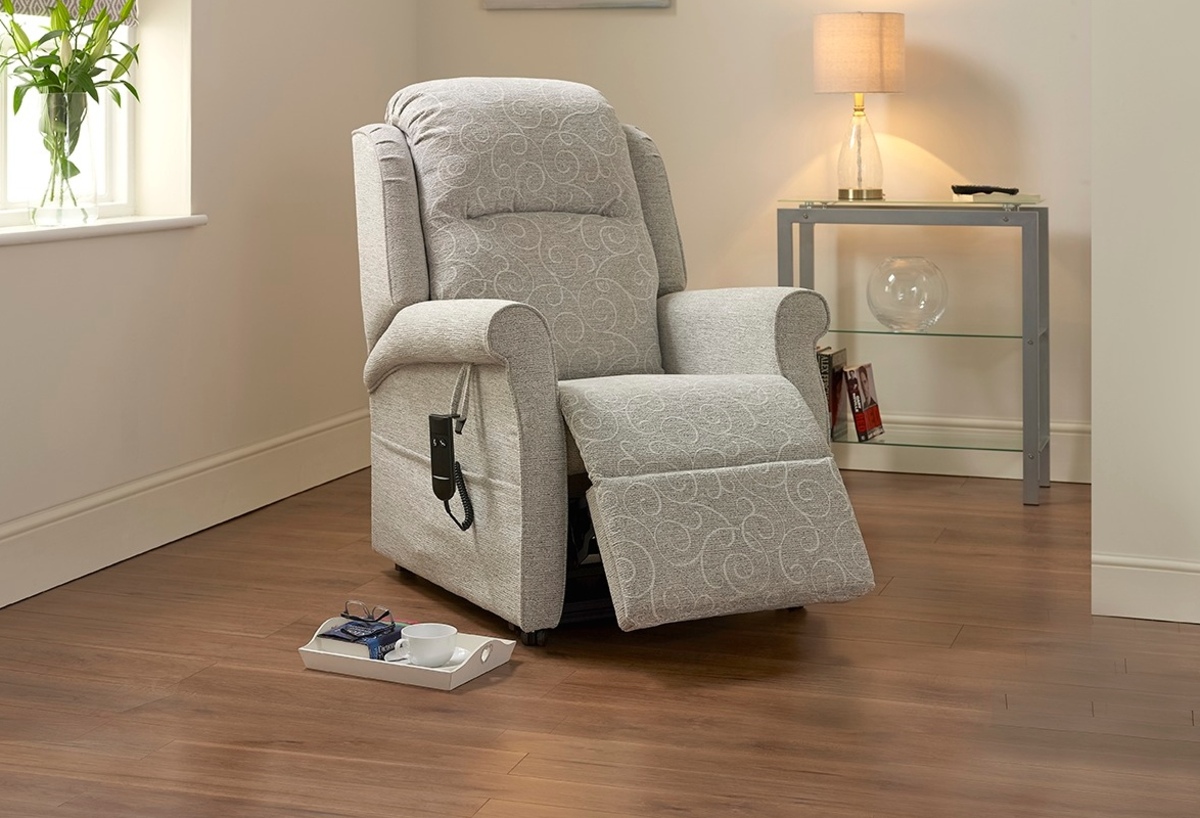
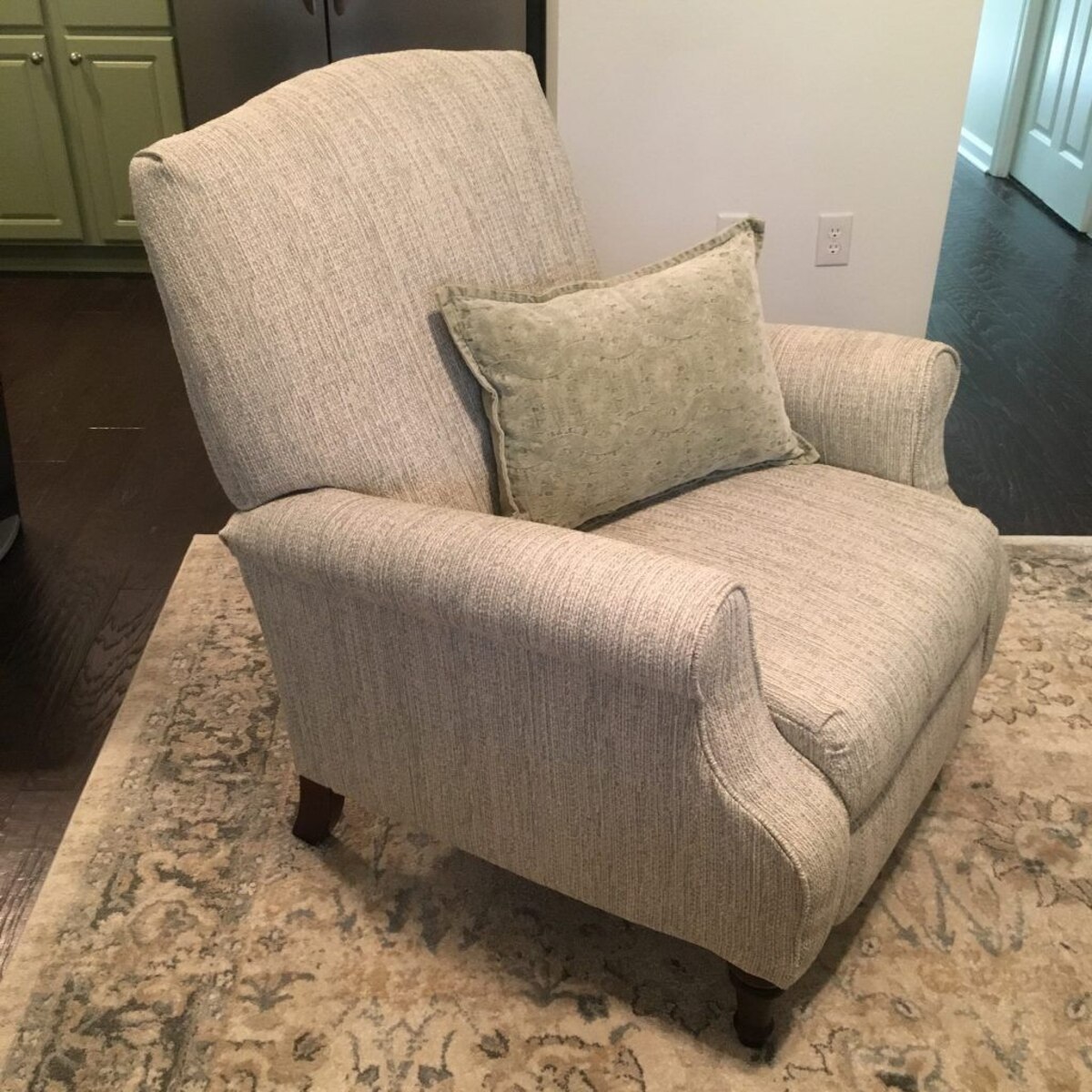


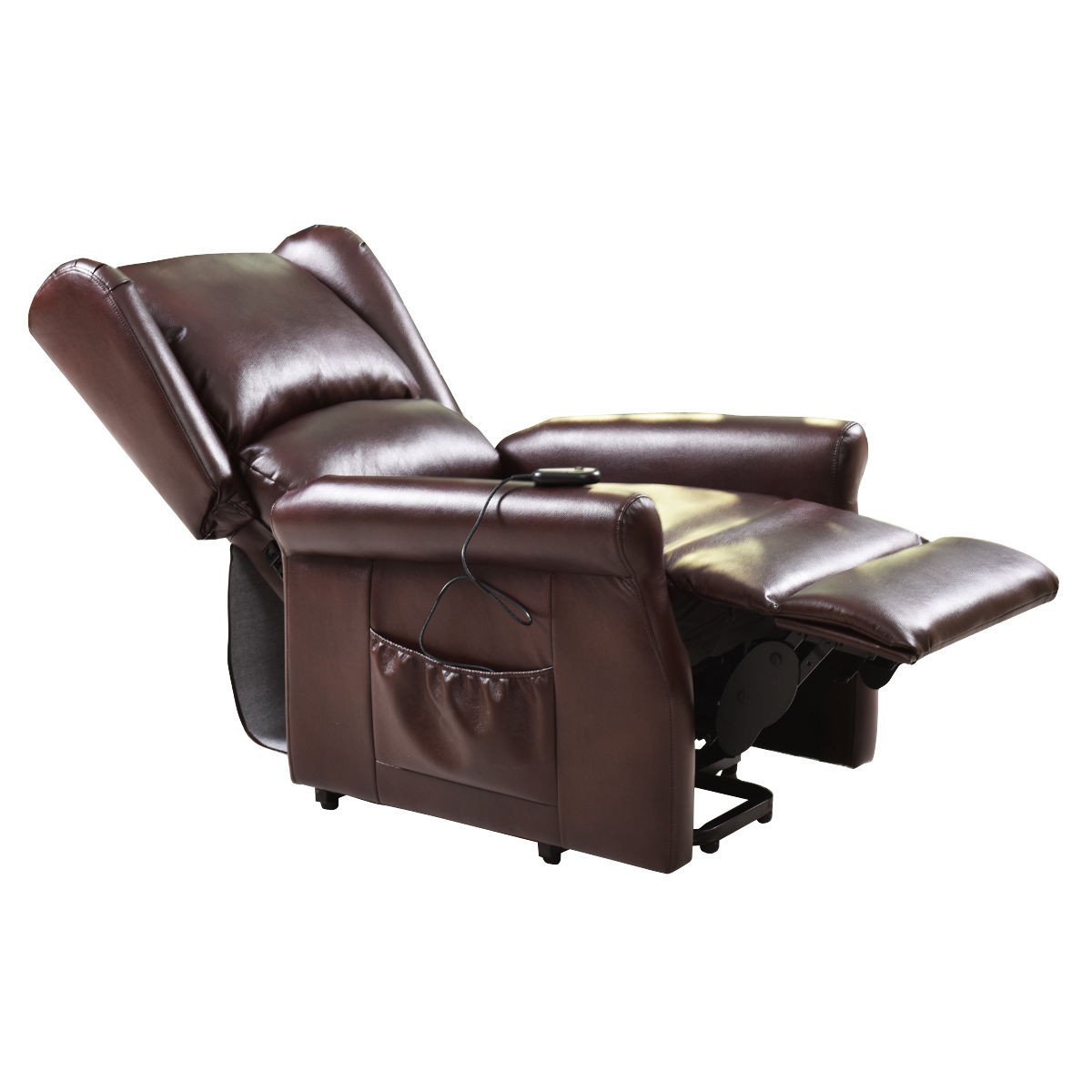
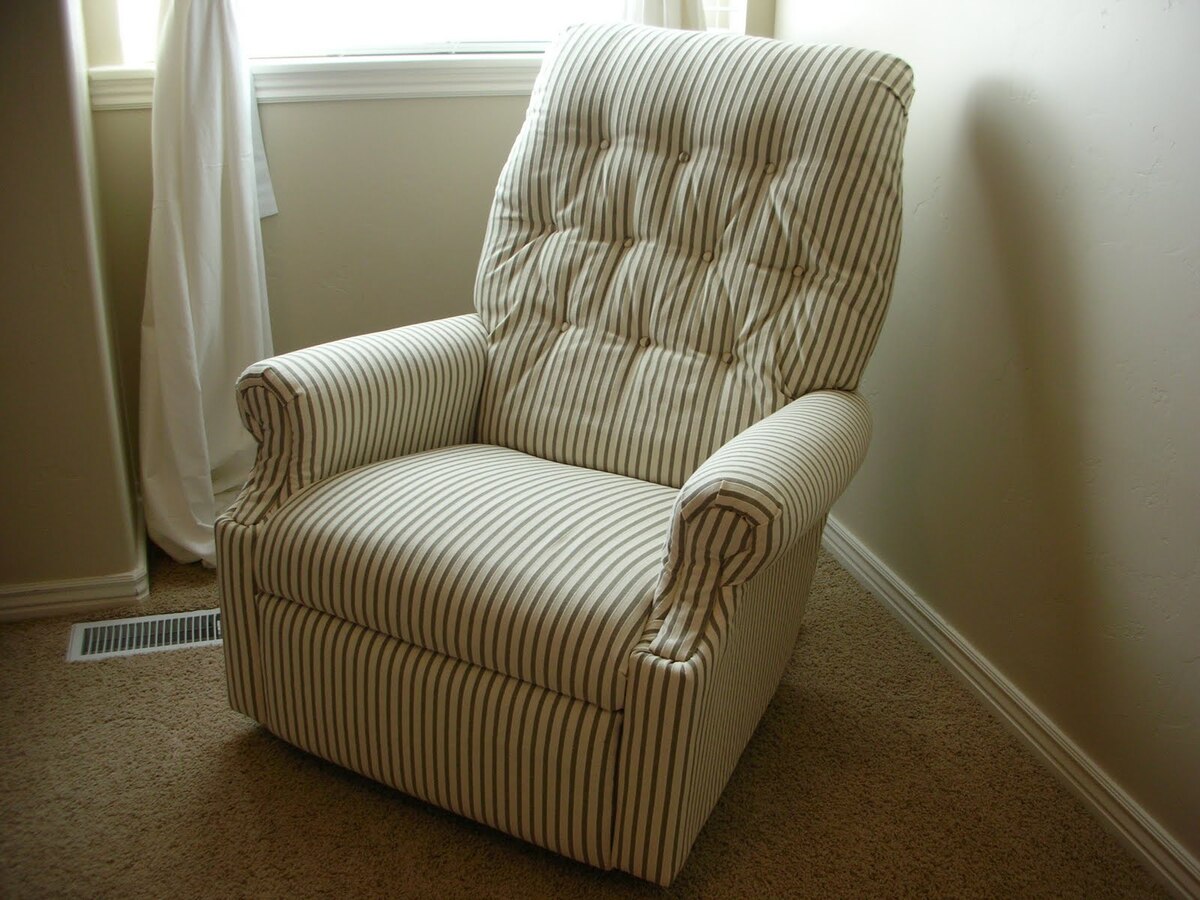
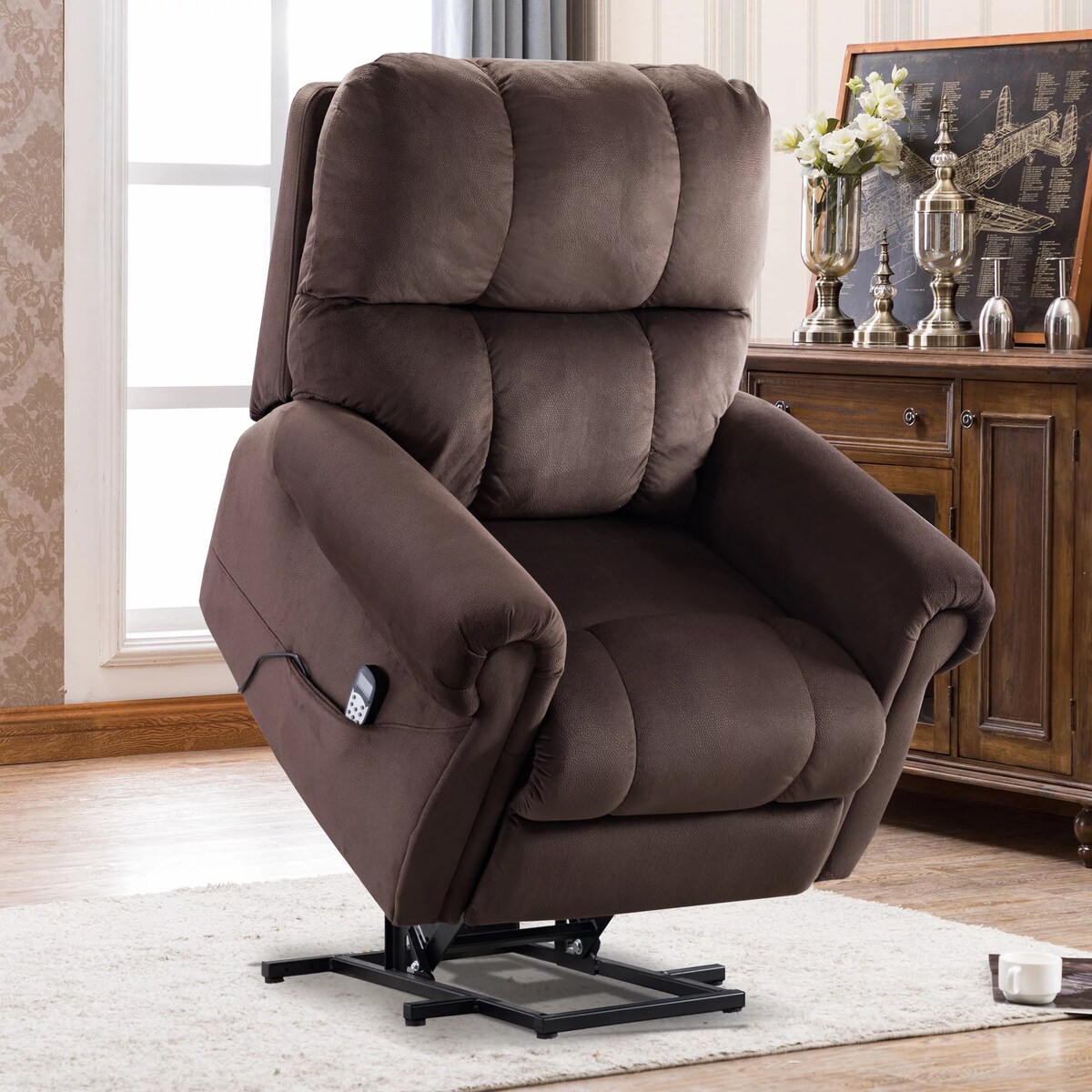
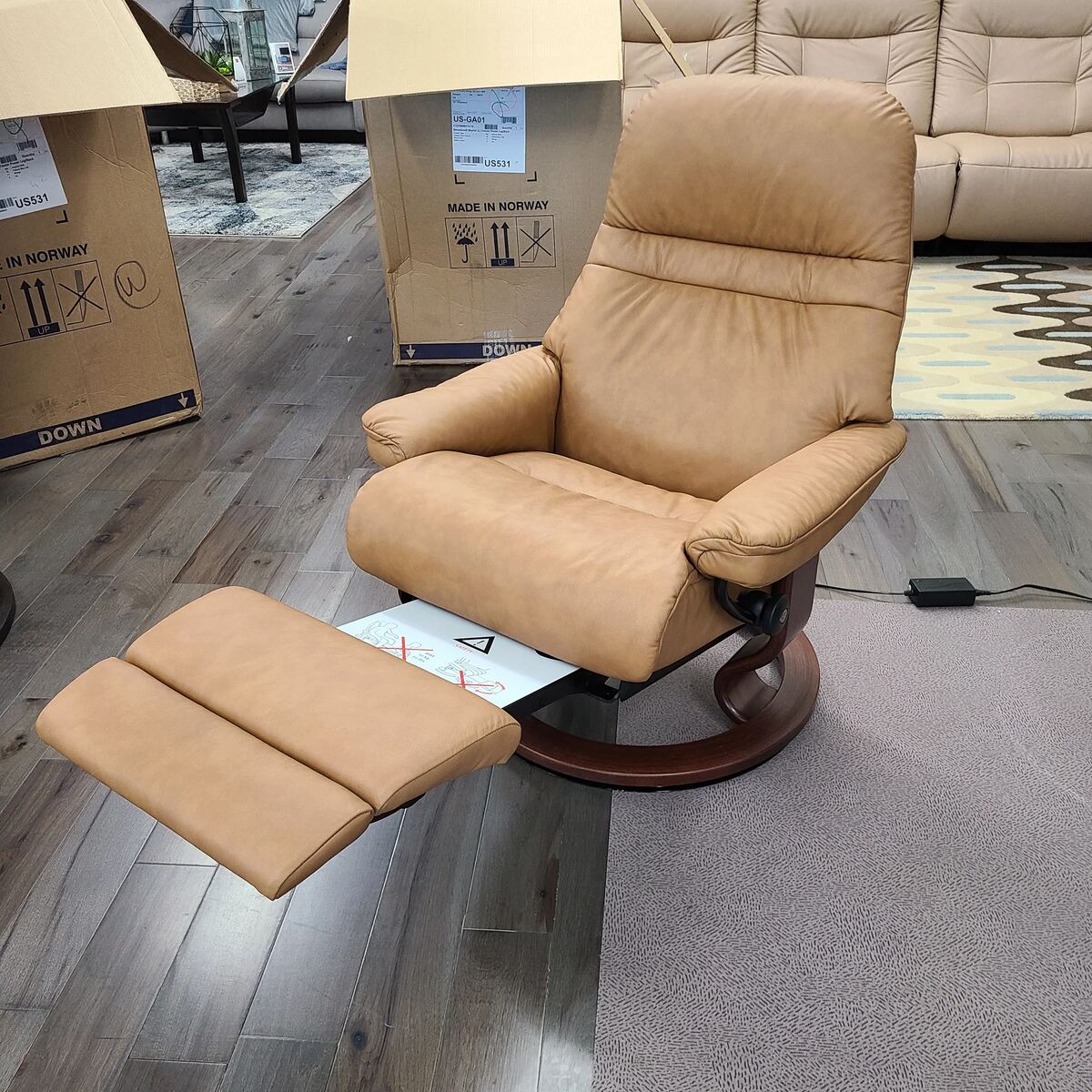
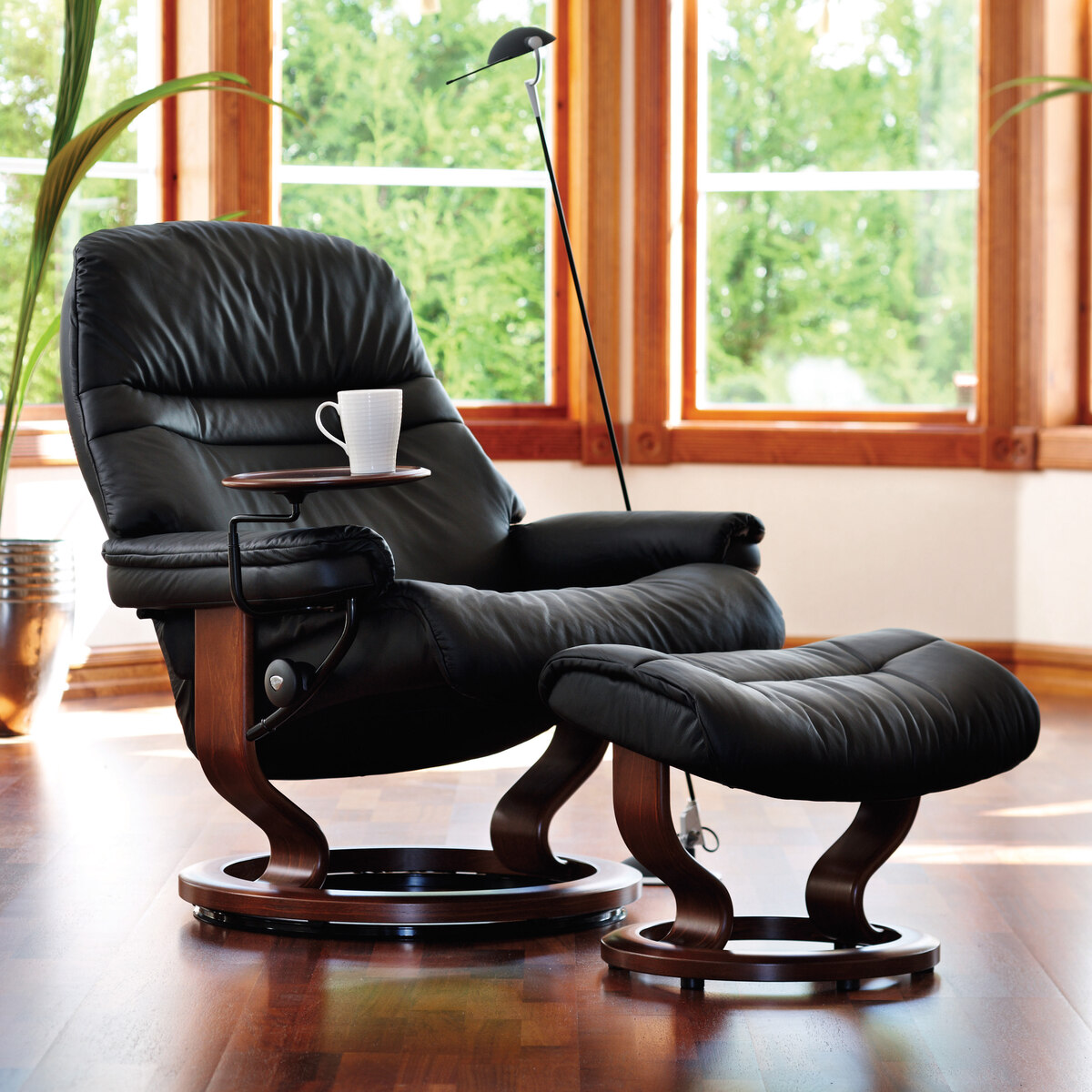

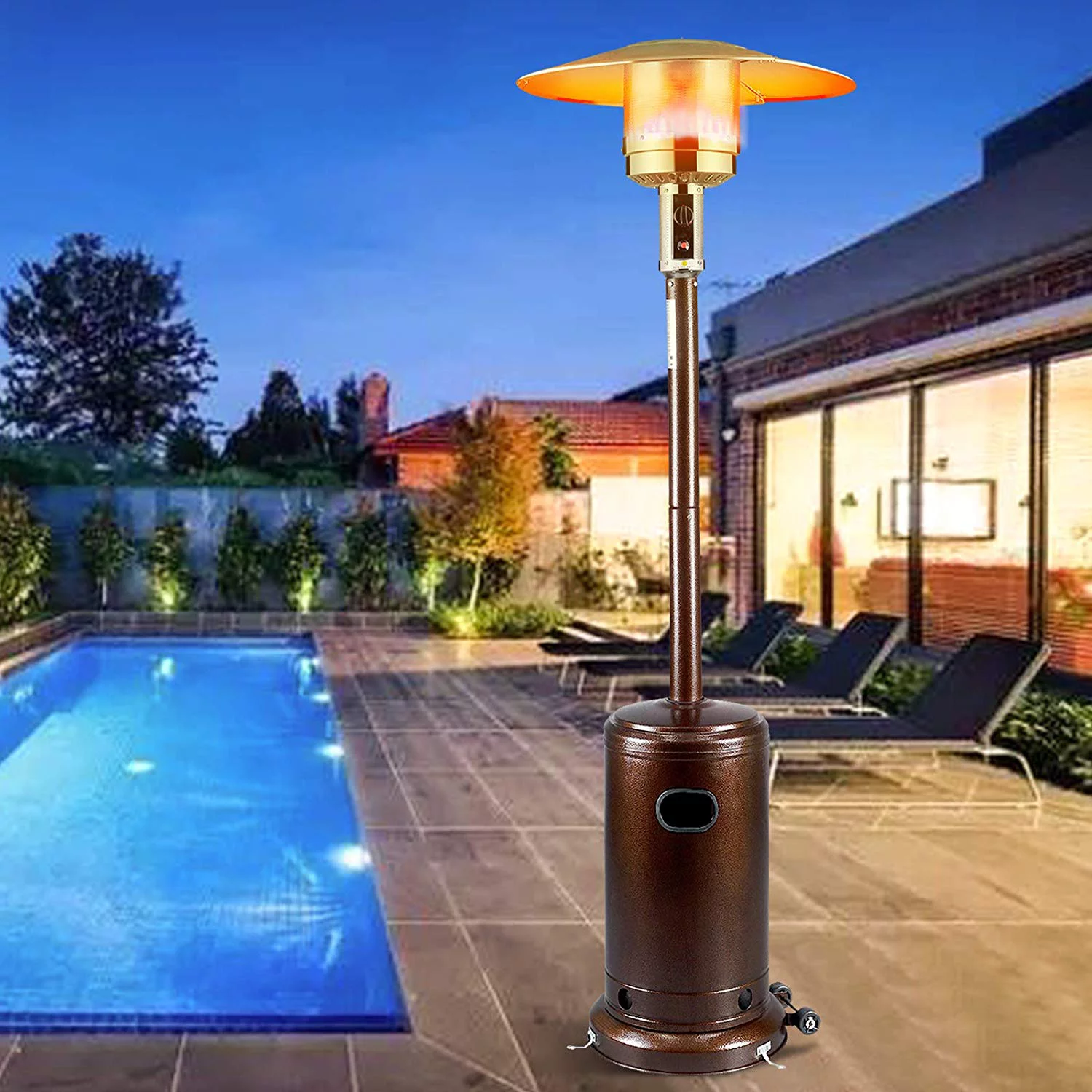

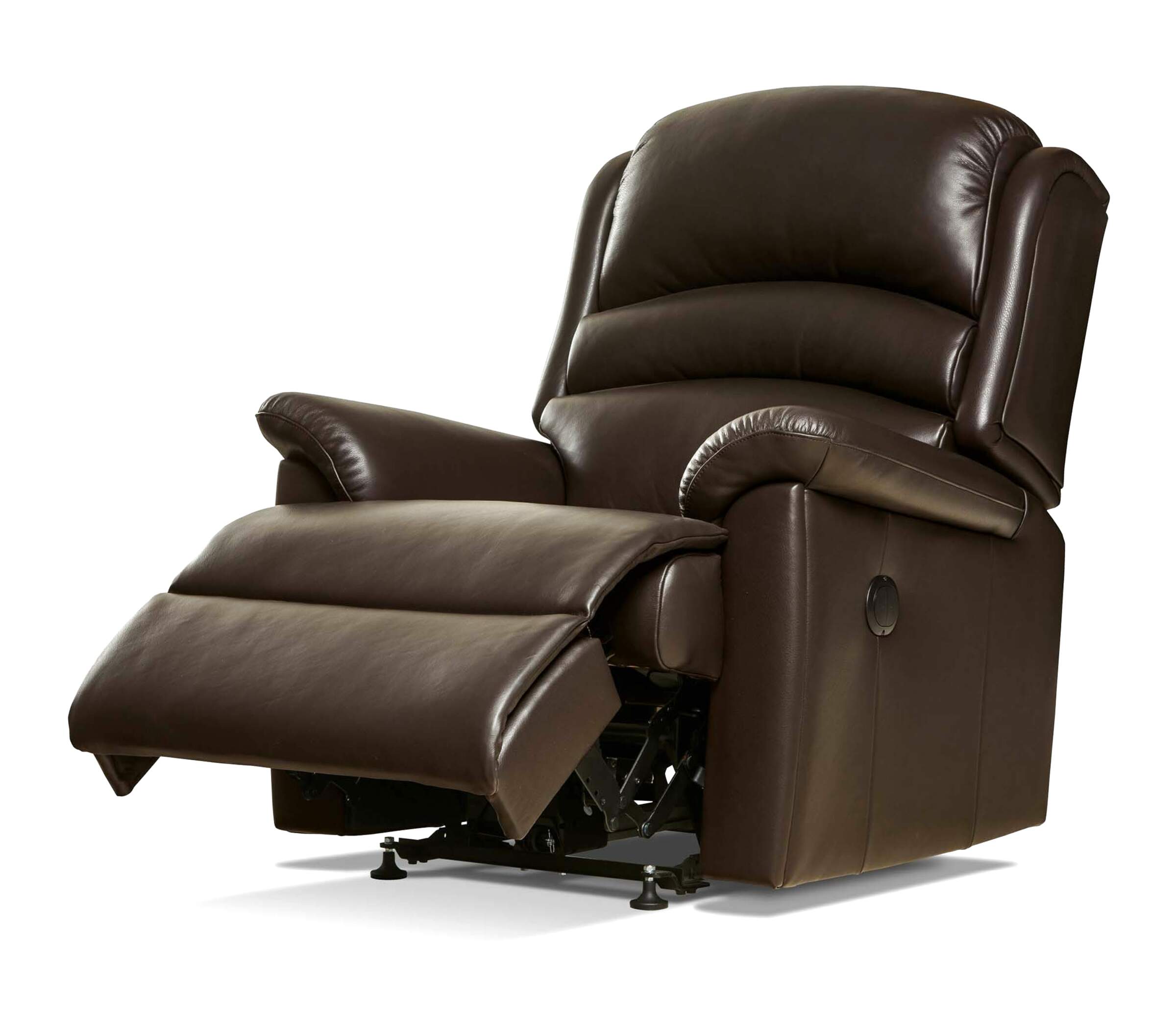
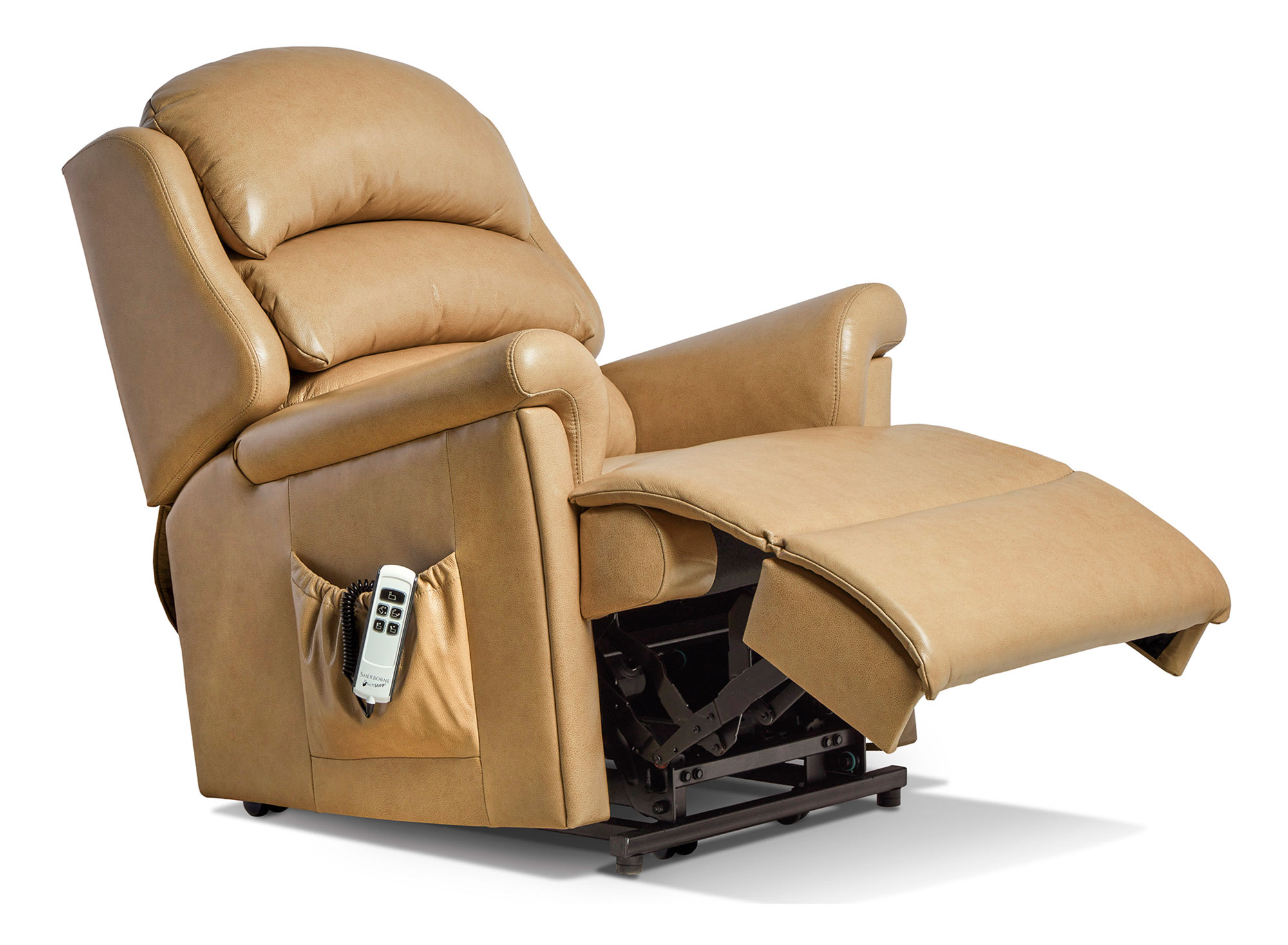


0 thoughts on “How Much Space Does A Recliner Need?”